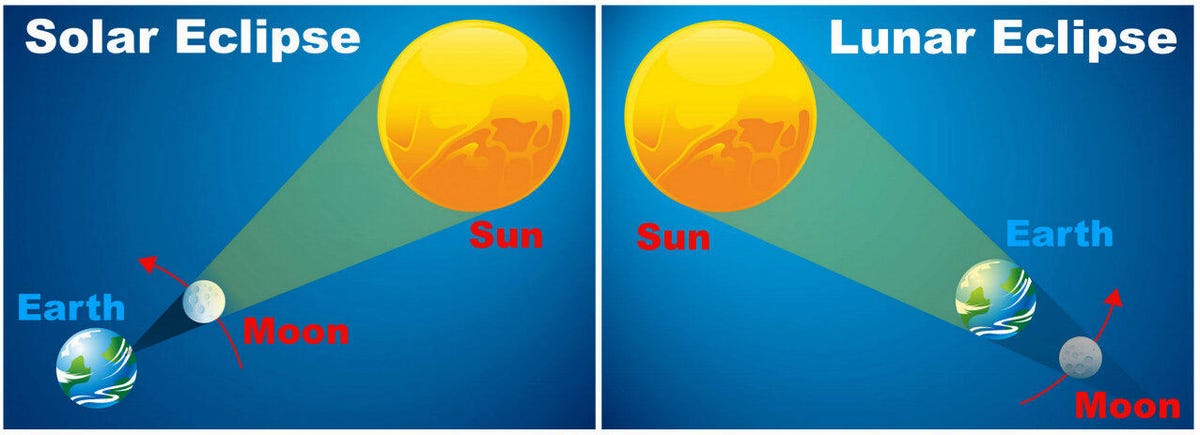Term 4 - Week 9
Section outline
-

FOCUS / ARONGA learning intentions:
- We are FOCUSING on phases of the moon.
- We are FOCUSING the effect of the moon on earth - tides.
- We are FOCUSING solar and lunar eclipse.
PLAN & DO / WHAKAMAHI learning intentions:
- We are PLANNING to do a virtual MARS exploration.
Context: 'Mana Whakatipu'
MHJC Values: Awhinatanga/Compassion: Positive partnerships
Paearu Angitu (Success Criteria): I can...
- Accurately explain how a solar eclipse occurs (Moon blocks sunlight, casting a shadow on Earth).
- Accurately explain how a lunar eclipse occurs (Earth blocks sunlight, casting a shadow on the Moon).
- Identify and differentiate between total, partial, and annular solar eclipses and penumbral, partial, and total lunar eclipses.
Hei Mahi (Activities):
- Worksheet
- Explain why eclipses don’t happen every month despite the Moon’s orbit around Earth.
- Discuss cultural or historical significance of eclipses and their impact on human understanding of astronomy.
Mahi Kāinga (Homework/Further Learning):
Rocket launch challenge
Develop an engaging educational resource (e.g., an animation, 3D model, or poster) to teach others about solar and lunar eclipses.
